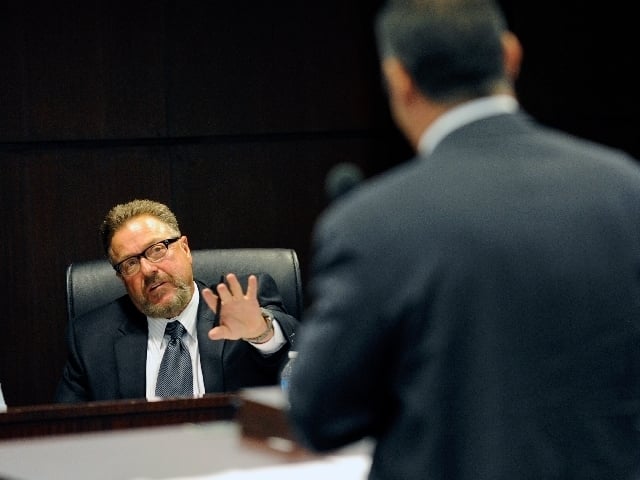Nevada Taverns or Slots Parlors: The Gaming War of the Roses
Posted on: August 26, 2013, 05:30h.
Last updated on: October 26, 2021, 05:26h.

The whole point of gaming regulation is to provide a solid, dependable and clear framework from which those in the gaming industry can operate. So Nevada Gaming Commission members were none too happy when regulations they put in place only two years ago, in 2011, regarding how slot machines can operate in Nevada’s tavern environment, were back in front of them at a recent meeting.
Regulation 3.015 was back home to roost, and laying some eggs.
Not Happy to Revisit Rules and Regs
Gaming Commission Chairman Pete Bernhard let it be known he was none too happy to see the regulatory issue back in front of the commission.
“We don’t want to see the rules changed every two years. One of the worst things regulators can do is to provide uncertainty. I thought we resolved this issue in 2011,” Bernhard reiterated.
Creating the need for the revisitation were two different sets of regulations from two different regulatory bodies, each overlapping the other and creating a murky set of rules for tavern owners to abide by.
On the one hand, Regulation 3.015 (sounds like a James Bond operative code name) was created by the Commission to make slot parlors illegal; the kind exemplified by the plethora of Dottie’s chains found throughout the Las Vegas valley. Rival business operators, as well as the Nevada Resort Association – a lobbying group that pushes for its casino clients – came back saying that Dottie’s and their ilk weren’t actually “taverns,” but small slot machine parlors that offered a smattering of snack food and a minimal bar just so they could pass muster with regulators.
So the Nevada Gaming Commission, to make sure everyone was on the same playing field, told Dottie’s et al they must have at least 2,000 square of public space, a fully operational kitchen for at least 50% of whatever hours the joint stayed open, and a true, nine-seat minimum bar to qualify in the “tavern” category. And that was that.
Two Sets of Rules Create Confusion
Well, sort of. Because last year, the State Senate pushed through Senate Bill 416, requiring these same taverns to have 2,500 square feet of space – instead of 2,000 – in order to qualify for the restricted gaming license category, which allows taverns to have 15 or fewer slot machines. Who’s on first?
Enter the State’s Attorney General, who said the two measures had to come together as one clear piece of legislation; he also determined that these taverns must prove the slots they carry were not their primary source of revenue generation.
Now Commissioner John Moran Jr. is not happy to see this all back on his desk.
“I thought we resolved this problem,” he said.
Lobbyists for the 1,450-member Nevada Restricted Gaming Association – a group representing these small taverns – are also not happy. “This battle never seems to end for us,” said the organization’s lead attorney, Sean Higgins.
It seems all anyone can agree on is that no one can agree on anything.